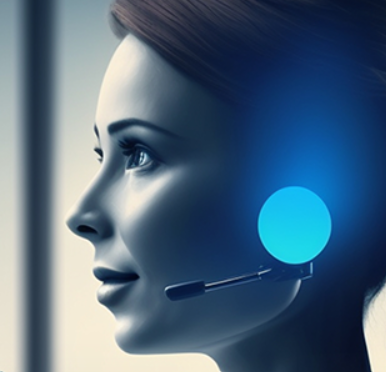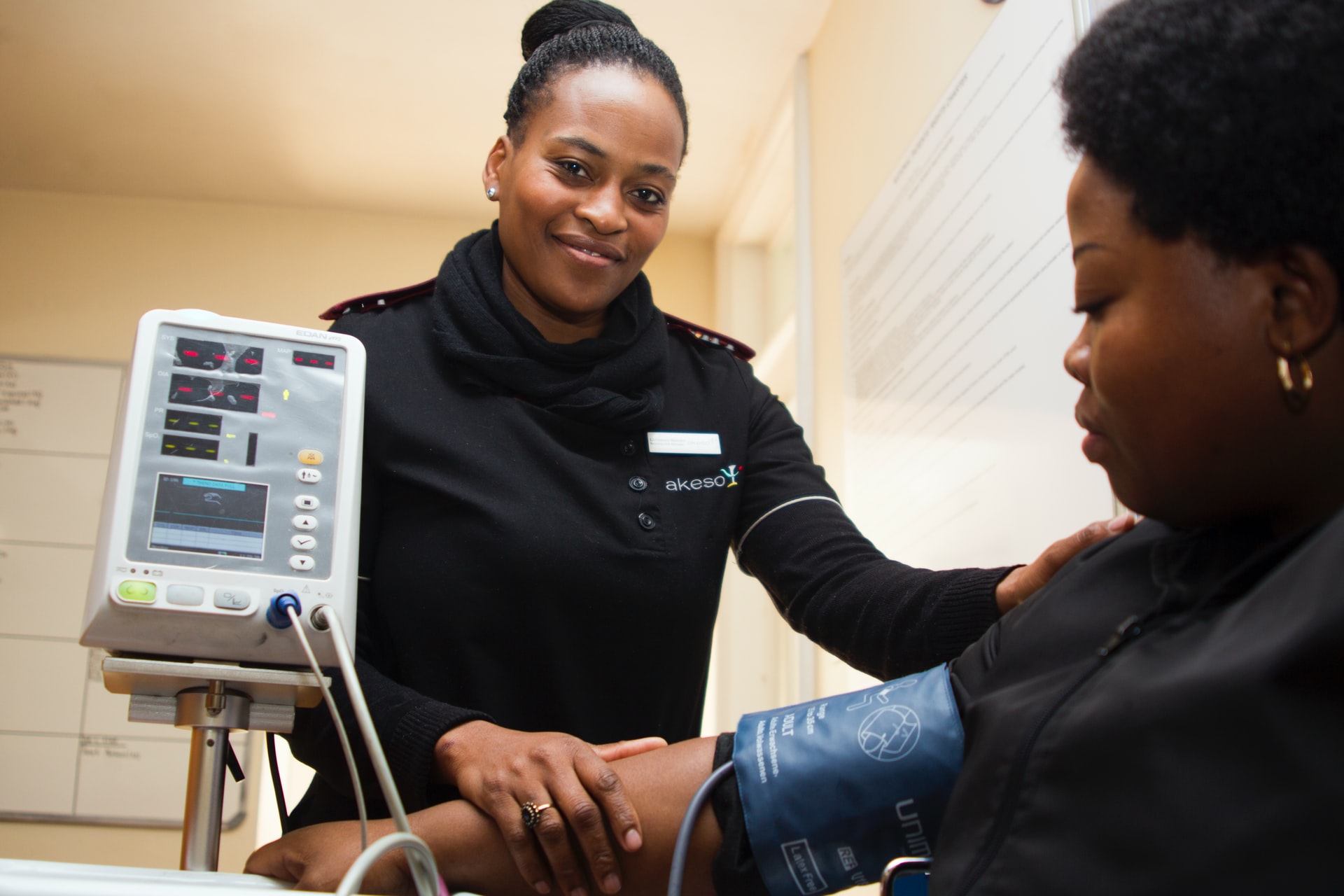

This blog explores the transformative potential of AI assistants in healthcare management and delves into the benefits for providers, medical assistants, and obviously, patients.

This blog explores the transformative potential of AI assistants in healthcare management and delves into the benefits for providers, medical assistants, and obviously, patients.

Augmented reality (AR), with the help of artificial intelligence (AI), is providing healthcare professionals with the means to offer patients an unprecedented level of care and personalized treatments, and assisting MedTech and life sciences companies in product design and development. Yet, the potential of AR with AI in health care is still far from fully explored.

The use of artificial intelligence in medical device design is already transforming health care. In this article we look at areas of greatest promise as well as the challenges that must be addressed to realize the promise of AI in device design and engineering.

Unified communication systems can improve staff efficiency, while enhancing patient outcomes and staff and patient safety.

The blueprint includes opportunities for various healthcare stakeholders to contribute to the full optimization of digitally enabled care and includes case examples featuring organizations with care models that leverage the blueprint’s six pillars.

The growing availability of 5G networks is speeding the adoption of IoMT and allowing for new innovations, including drone delivery of medical supplies to rural areas, better surgical collaboration and 3D holograms for diagnoses and surgical planning.

Next-generation, predictive analytic patient monitoring lowers healthcare costs, improves clinical outcomes and enhances the patient experience in hospital-at-home, post-acute care and chronic care management.

You’d think there’s not much to the concept of an alarm. A warning sounds in a room, or a red light flashes, and it has your attention. You know something must be wrong. But in a setting where a cacophony of alarming lights and sounds beset healthcare workers on a regular basis, these essential systems become increasingly easy to miss or ignore.

Blockchain technology helps support the goal of decentralizing the healthcare sector and providing patients with the information they deserve about their own healthcare data.

“The deal will help Stryker significantly accelerate [its] digital aspirations to improve the lives of caregivers and patients,” according to company Chair and CEO Kevin Lobo.